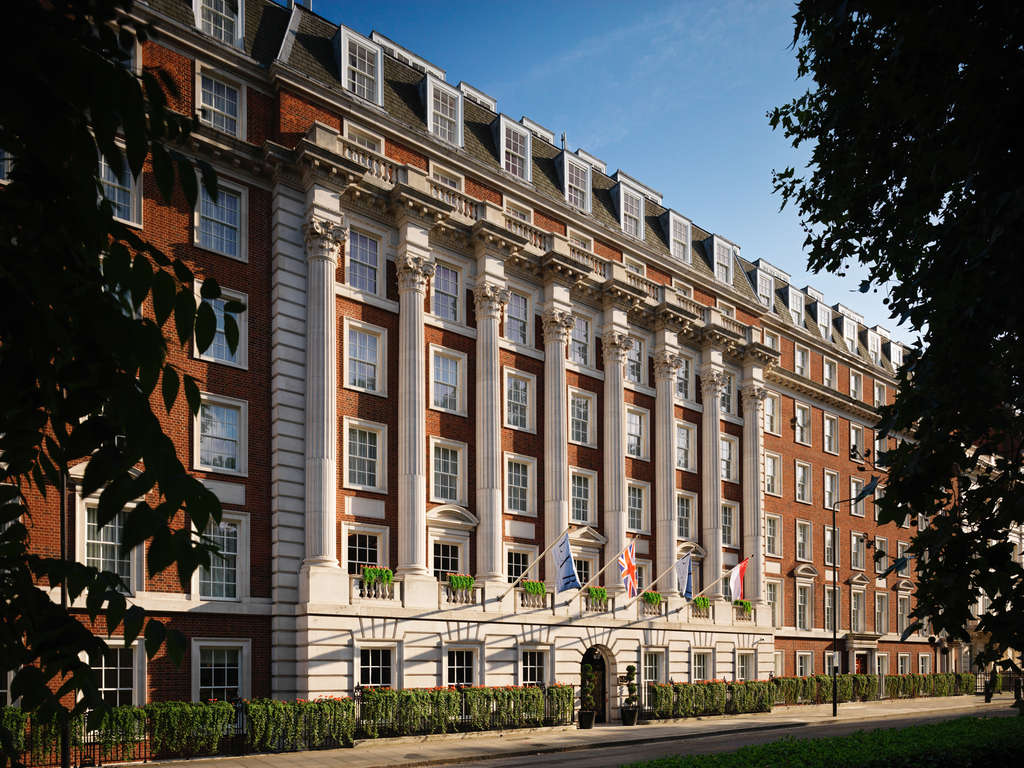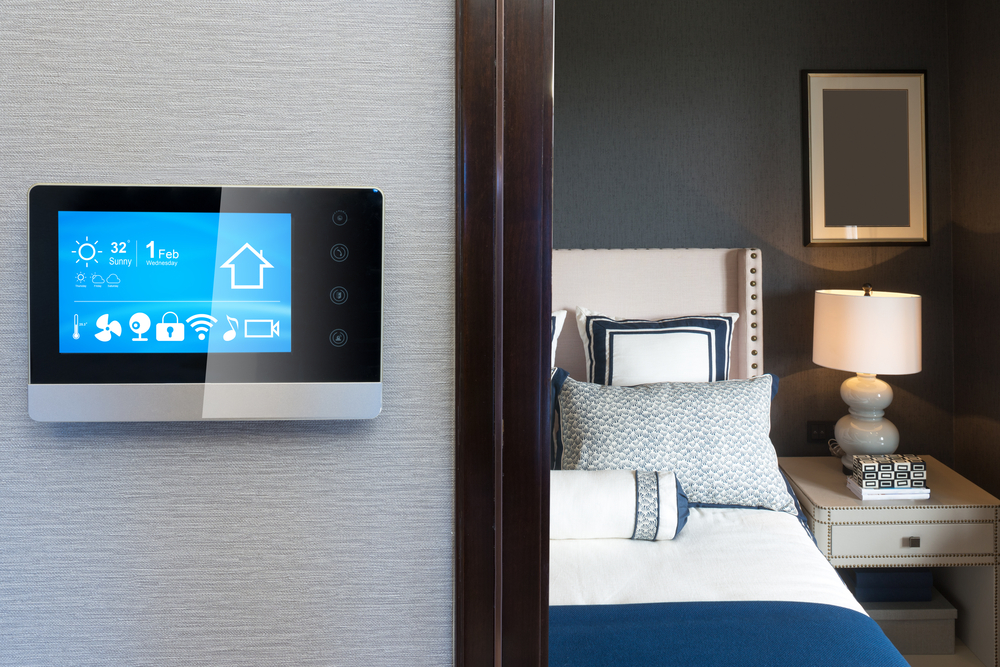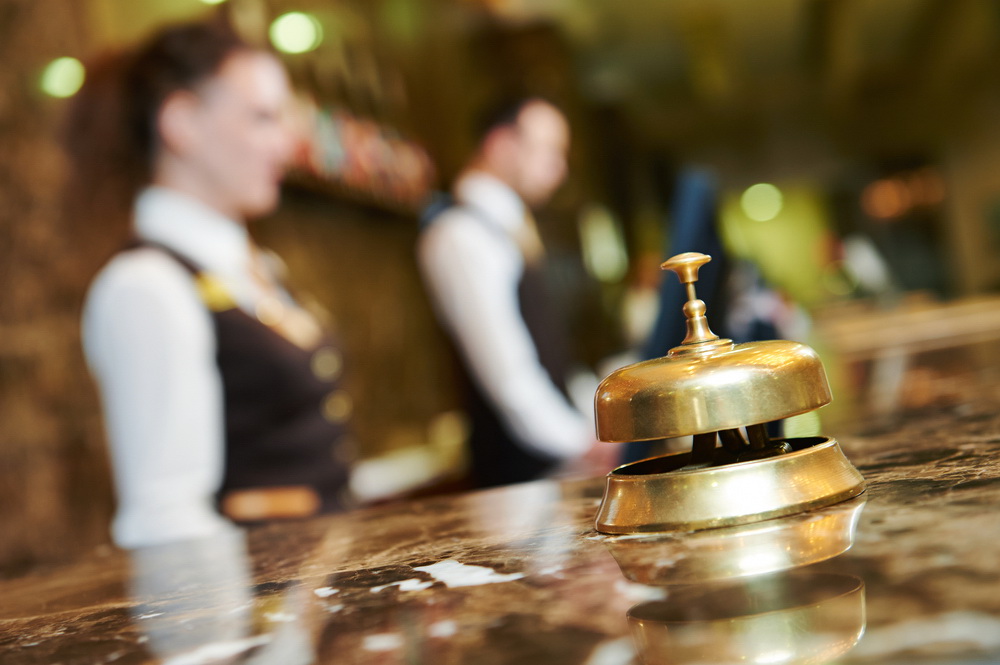The lifecycle of hotel revenue management
Rachel Grier, Area vice president, Asia Pacific for IDeaS

The sheer volume of structured data being generated today is overwhelming. Hoteliers and their management teams encounter far too many data points to analyse in real-time. There are simply too many decisions to be made for any human to undertake this task accurately without the assistance of automated solutions.

Advanced hotel revenue management analytics use data mining, machine learning and a variable deployment of complex predictive algorithm set to calculate optimal pricing and inventory decisions for hotels. Analytics assist hoteliers to move beyond their normal revenue management processes into harnessing their data and forecasting capabilities to explore, predict and optimise hotel revenue performance.
But no hotel is created equal, and even at a single property, there will be many different periods in a hotel’s existence that require a change in approach to revenue management. From construction and renovations to economic and market fluctuations, what can hoteliers expect from a revenue management system over the lifecycle of their hotel? Read on to discover how advanced pricing and forecasting systems can assist with critical business decisions at each key stage of development.
Open for business: pre-opening considerations

Many new hotels struggle to reach their optimal revenue potential due to focusing purely on the product during pre-opening preparation. This results in a lack of clarity around the in-depth market positioning analysis and associated pricing strategies to address varying and often fluctuating market demand and conditions. It is no longer enough to build a great property, ensure the rooms are nicely decorated and have staff in place to service potential guests. An integral component to the pre-opening process should be considering the optimisation of room-type configuration, as well as the implementation and integration of revenue management technologies with the hotel’s IT infrastructure and platforms from the very start.
There are many areas of revenue management that must be considered throughout the pre-opening phase of a hotel—ranging from establishing market segment revenue and sales strategies, undertaking comprehensive competitor evaluation, pricing research, pricing processing and forward planning of market demand cycles. To ensure hotel revenues are maximised from day one, hoteliers should liaise with specialists who can access in-depth analytics to optimally price a property based on the ideal market positioning and validated segmentation.
It is important that properties follow a structured, standardised pricing approach to pre-opening to ensure consistent and effective results from day one. Hotels under development should conduct a strategic analysis that includes a study of the micro-market and overall economic factors that could affect the hotel’s performance. Finalising a competitor analysis (which may change between pre/soft and hard opening periods) including competitor value and benefits positioning is also key. Hotel pricing structures should be based on market conditions and hotel positioning and should include established channel strategies according to the market environment to cement ‘product positioning’ (i.e., hotel descriptions, room-type descriptions, etc.) through all channels.
New competition presents new challenges

It happens. Your new property enters the market to some fanfare, and you attract customers based on the quality and novelty of your new hotel—building a loyal base over time. Then before you know it, a few years have passed and your property is no longer the shiny new thing in the market and another hotel opens on the same street with an aggressive discounting policy to attract new business and carve out market share at your expense. What should you do? How can you counter such an aggressive new player?
Sometimes the best way to engage with an aggressively discounting new hotel is to not engage with any discounting at your property at all and instead focus on maximising your hotel’s average daily rate (ADR) and hard-earned brand reputation value. Under an ADR-focused strategy, hotels let the competitor fill their newly opened property with cheaper business and not look to engage, or compete, directly with this property on price alone. To help address a new property’s aggressive discounting, without discounting yourself, hoteliers will need to invest time and effort into targeting specific customers where they have a better chance of winning against a competitor. The introduction of new products that deliver value, and which the newly opened hotel may not be able to offer, will also help ensure their customers make value trade-offs in exchange for lower prices and unpredictable service delivery or guest experience—thus giving your property a competitive difference.
To properly establish your hotel’s competitive difference, a thorough strength, weakness, opportunity and threat (SWOT) analysis of the new competitor by market segment should be undertaken. Understanding where your opportunity lies in conveying greater value is a far stronger tool in revenue management than knowing what price your competitor is selling at. Established properties also have a fleeting competitive advantage in the number of reviews compared with a new hotel, so make sure those are front and centre while you have that advantage.
And anyway, if a new competitor is undercutting you every day, is that always a bad thing? There will be days where your hotel doesn’t need the lower-rated business in the market, so let the new competitor take the demand at that price point. By taking these lower-rated guests, it gives them less rooms to sell at higher rates and allows your higher-rated hotel to secure more of the better business. On days where you do need lower-rated business, build value and experiential promotions that differentiate your property by more than just price. Hotels should create length-of-stay discounts over softer days, or offer lower-demand room types at competitive price points to ensure you capture incremental revenue that is not displacing better business or negatively affecting your RevPAR.
Pricing in a downturn

Hoteliers encountering softer booking conditions, or operating in a financial downturn, face challenges to their business. Many hoteliers make the mistake in these scenarios of adopting a mantra of ‘a busy hotel is a successful hotel,’ reducing room-rates and relying on the in-house spend in food and beverage, spa, ancillary and more, as top-up revenue. However, what many hotels fail to consider is that guests paying significantly lower room rates are also typically less likely to spend on the spa, luxury dining or experiences needed to compensate for a cheap room rate.
The longer-term ramifications of rate reductions are far-reaching; not only does this impact brand perception but it also impacts product value perceptions and future pricing scopes when the market is in recovery. The overuse of incentives to attract guests can reduce the revenue coming into a particular venue and turn away higher-paying customers who are attracted to a hotel for its reputation or prestige.
If hotels elect to compete solely by price, guests can only differentiate between different hotels by those prices. How do you intelligently counter aggressive competitors with a strategy that no price is too low to win business?
The only way to operate at prices higher than competitors in a period of lower demand is to deliver true value and experiences competitors cannot match. If hoteliers do not emphasise a hotel’s value, they are vulnerable to customers price-shopping their property against the competition, even if their product delivers a higher value.
In quieter business periods, hoteliers also have the opportunity to fence cautiously. There is an opportunity to create new products that increase business during periods of lower demand and create demand from a new sector. The advantage of offering a range of fenced products is that market segments which find these offerings meaningful will begin gravitating toward purchasing new products. This produces previously untapped business—and the possibility of further untapped business. This will enhance revenues and capture existing demand based on the occupancy levels and business patterns.
Maximising hotel profits while renovating
 For some hoteliers across the Asia-Pacific region, there is never a good time to renovate their property. Hotel refreshes are costly and can result in a whole or partial closure of their business. However, major hotel building works should be undertaken when a property needs to be upgraded in order to maintain its revenues and defend its fair market share and revenue generation index. A key indicator it is time to put renovation investment on the table is when the asset experiences a sustained drop in room occupancy unrelated to any price rises or other factors the hotel could have manufactured that resulted in such an occurrence.
For some hoteliers across the Asia-Pacific region, there is never a good time to renovate their property. Hotel refreshes are costly and can result in a whole or partial closure of their business. However, major hotel building works should be undertaken when a property needs to be upgraded in order to maintain its revenues and defend its fair market share and revenue generation index. A key indicator it is time to put renovation investment on the table is when the asset experiences a sustained drop in room occupancy unrelated to any price rises or other factors the hotel could have manufactured that resulted in such an occurrence.
One of the biggest choices a hotelier must make relating to a renovation is whether to partially shutdown the property, stagger building works and trade-through, or to undertake a full closure. A hotel’s online reputation will be impacted both during renovations (think complaints from guests about noise or availability of rooms) and post renovations (guests may or may not like the new rooms or could potentially stage a reputation revolt if they get an unrenovated room). It is vital, therefore, that pricing should reflect how guests currently perceive their property, how this compares to their competitor set, how a partial shutdown (and subsequent building works) will impact a guest’s stay and what is the desired reputation for the hotel after the property is reopened.
The answer to which approach is best for a property relates to whether your hotel needs to maintain short-term cash flow, in which case a partial or staggered renovation is probably the best choice. However, if a hotel owner’s focus is long-term revenue or reopening to reposition the hotel at a different service or star level, a full shutdown may be the better approach.
There are downsides with both full and partial shutdown approaches; a partial shut-down can lessen brand prestige as guests have to stay at incomplete properties, while a full shutdown kills revenue and can result in high-performing staff leaving for competitors. To assess which strategy is best employed for a hotel’s renovation, property owners should run A/B testing to understand displacement of a renovation and help accurately weigh the cost to the business.
Time to reinvest, refinance or sell?
 The additional revenue that comes from the proper utilisation of revenue management systems and strategies directly impacts a hotel’s bottom line, making it a valuable tool for increasing a hotel’s valuation—a keystone in any owner or asset manager’s lens, in particular at a time of investment, refinancing or sale. Increased revenue leads to higher cash flow, which has a number of benefits from giving the hotel greater day-to-day liquidity, to having money in the bank, generating interest and leveraging the return on capital.
The additional revenue that comes from the proper utilisation of revenue management systems and strategies directly impacts a hotel’s bottom line, making it a valuable tool for increasing a hotel’s valuation—a keystone in any owner or asset manager’s lens, in particular at a time of investment, refinancing or sale. Increased revenue leads to higher cash flow, which has a number of benefits from giving the hotel greater day-to-day liquidity, to having money in the bank, generating interest and leveraging the return on capital.
When applied to its fullest potential, revenue management and technology can positively impact efficiency and improve operational performance across an entire property. Advanced forecasting tools provide powerful insights into business demand, which assists with project planning and staffing. For example, if a hotel can anticipate accurate levels of guest occupancy, it can ensure the optimal amount of staff and avoid under or overstaffing, schedule maintenance appropriately to avoid displacement, forecast and buy power and utilities efficiently
It should not be overlooked that the increased revenue generated by an advanced revenue management system makes further reinvestment in the hotel possible, or can be leveraged to make property portfolio expansion possible.
Optimise revenues now and into the future

In today’s competitive hotel environment, the importance of revenue management and its ability to impact a hotel’s financial performance is continually expanding. While revenue management is not a new industry practice, what is not always so well understood is how the practice and automated systems can assist hoteliers in making key business decisions over the lifetime of their property.
Best-in-class revenue management system analytics enable hoteliers to uncover granular patterns and trends at a micro-level. By determining why specific results are emerging, and if a hotel can expect them to continue, hoteliers can optimise their revenue opportunities today and into the future.
For more information on how revenue management can help a hotel over its lifetime, visit the IDeaS Revenue Solutions website: www.ideas.com


Comments are closed.